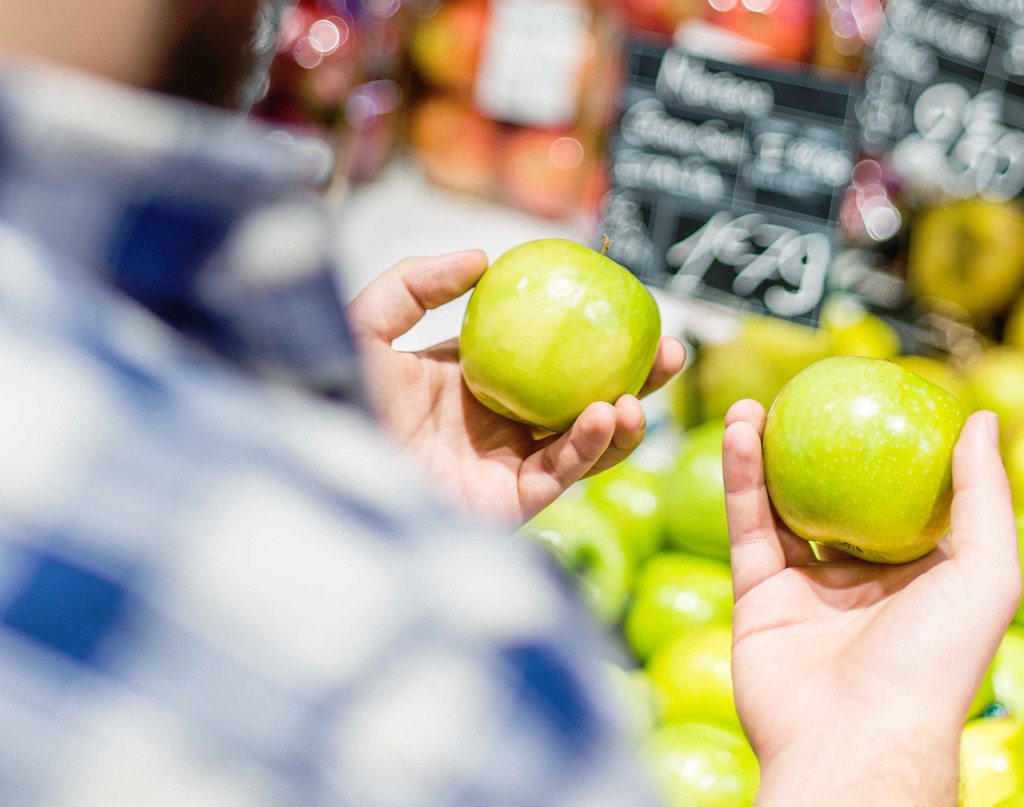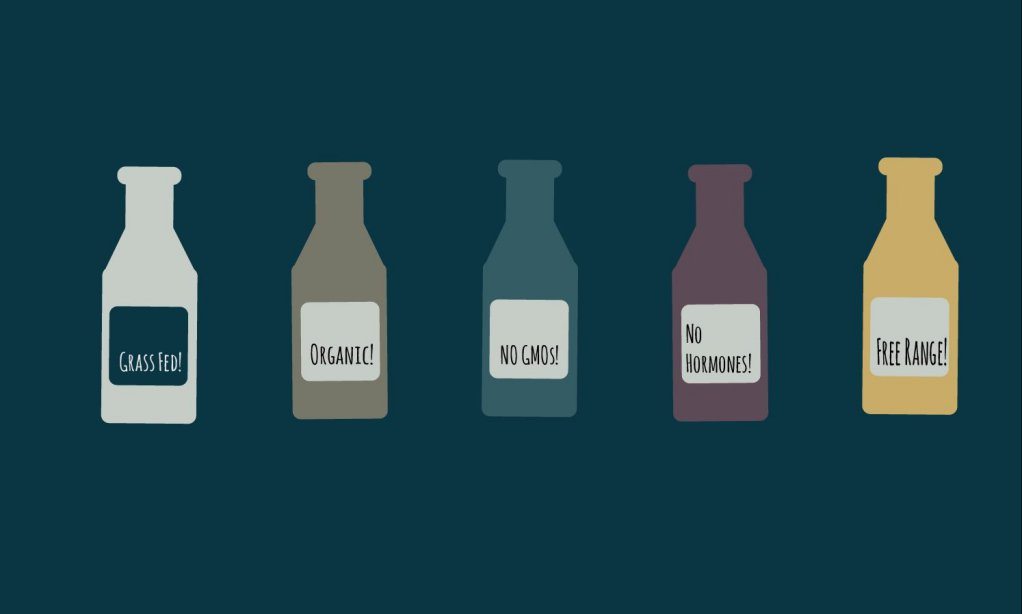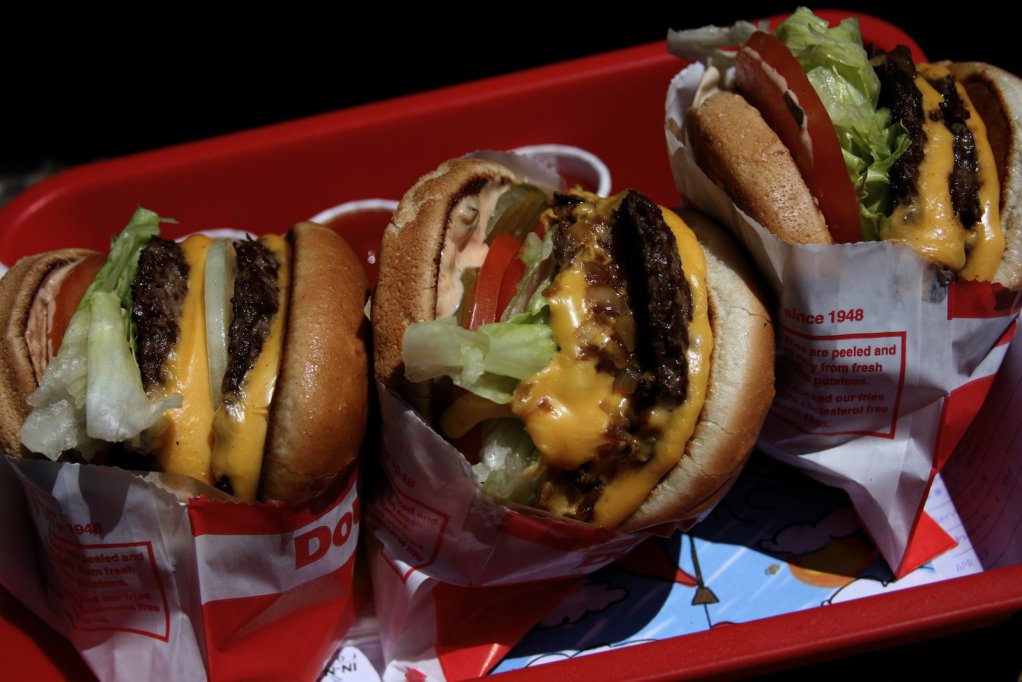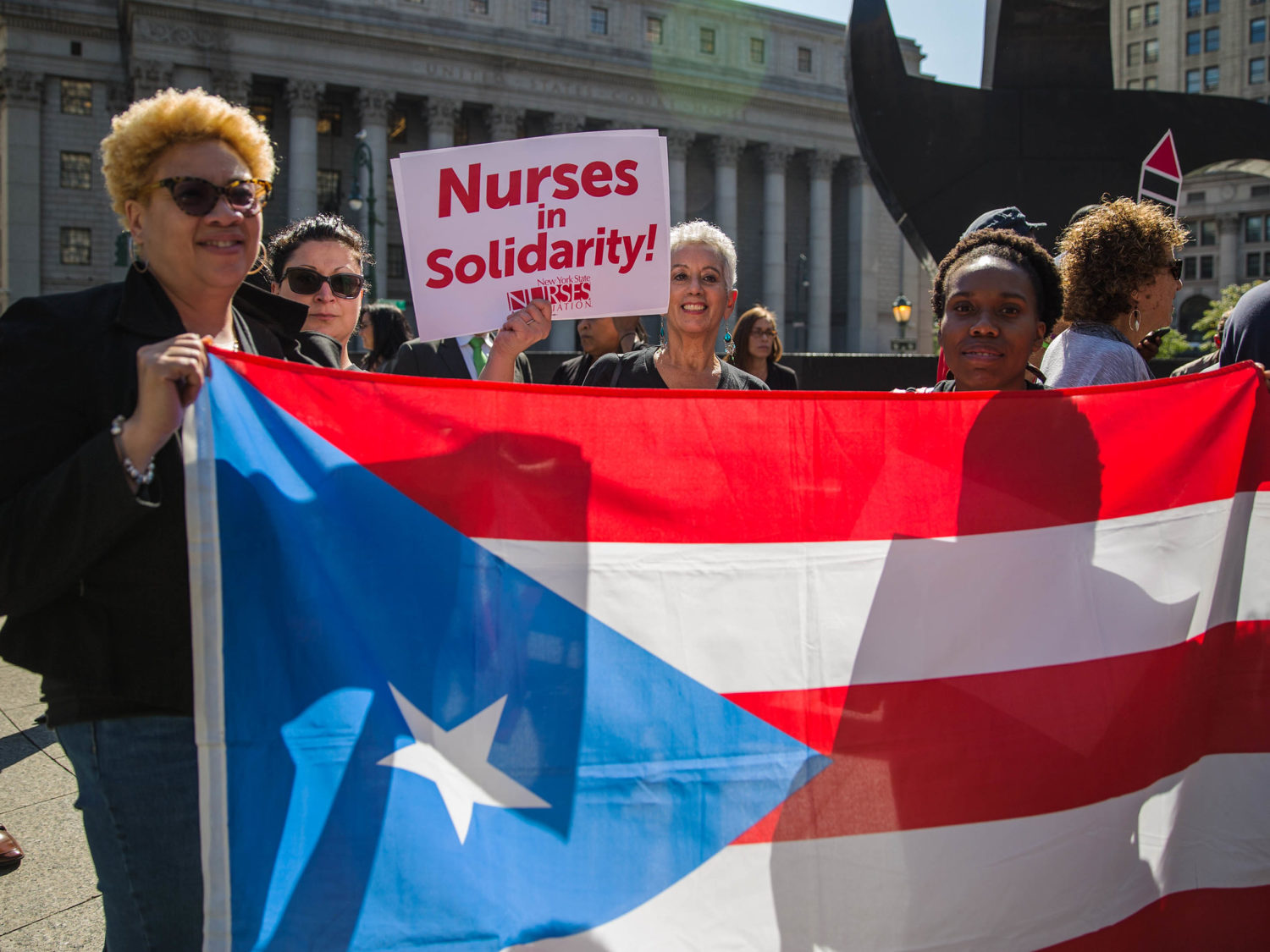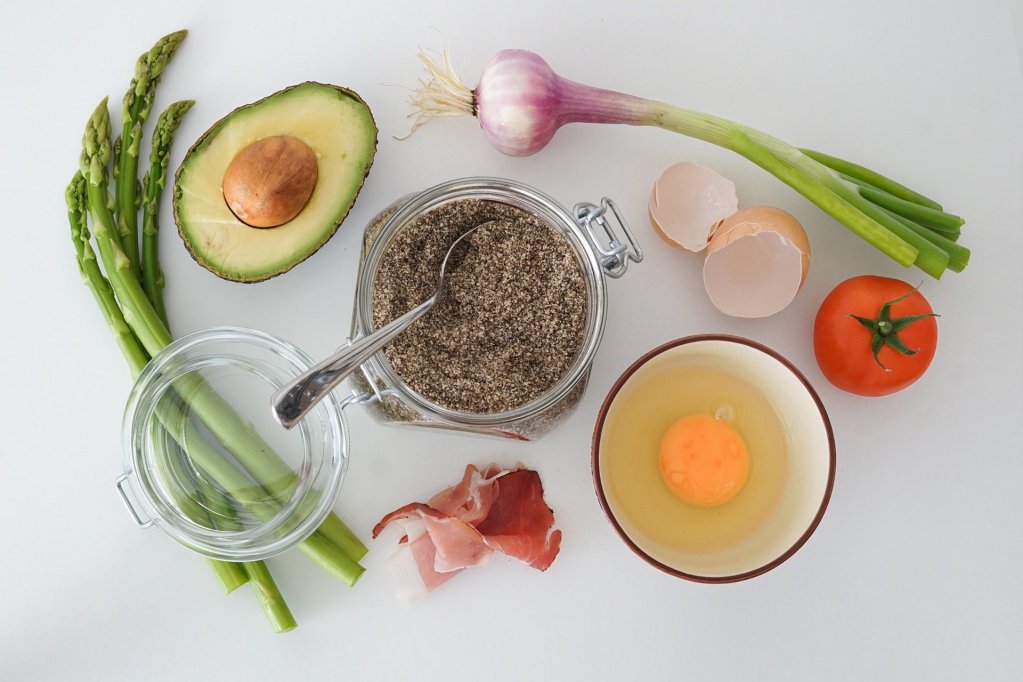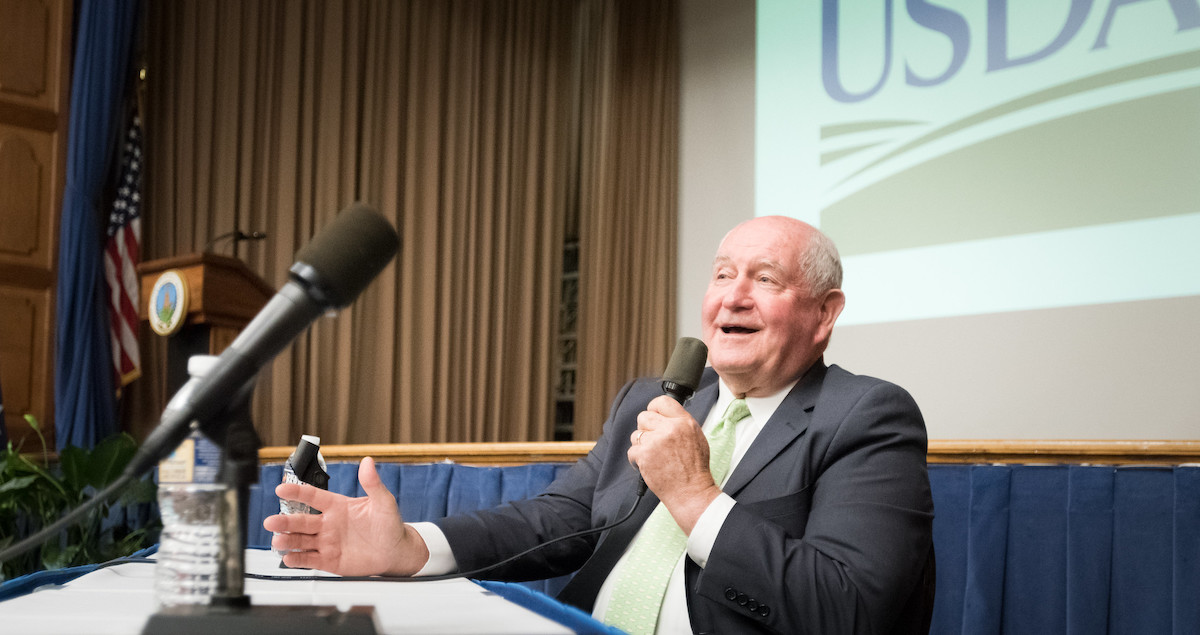Around here, we believe in the rule of law. And the law that trumps all the rest is the law of unintended consequences—that unalterable, universal force thanks to which the best-laid plans tend to generate surprising results more often than satisfactory.
Examples abound. My favorite, which is charming and plausible, though very likely not true, involves cobras. During British rule, the story goes, the government attempted to reduce the number of deadly cobras by offering a bounty on them. This caused entrepreneurial locals to start raising cobras to supplement their income. When the government discovered the trick, it eliminated the bounty, causing the cobra farmers to release their herds into the wild. Net result: A lot more cobras.
The story may be fabricated, but the point is important: Any time you try to change a system, you risk making things worse. I was thinking of that when I read my colleague Claire Brown’s piece last week on potential ways that the federal Supplemental Nutrition Assistance Program (or SNAP, formerly known as food stamps) could be adjusted to keep participants from spending their benefit on soda and junk food. On the surface, it seems like one of those obvious ideas that couldn’t fail. But is it really? How much do we understand about how SNAP works and what might happen if we tweak it?
Now, lots of people are doing lots of research on SNAP. There wasn’t a chance that I could digest all of it, so I decided to go for a taste: I Googled the research that’s been published on the program since the beginning of the year and then picked and chose among the resulting hundreds or thousands of search results. Here’s what I saw:
First, there’s some real concern over SNAP’s own unexpected consequence: increased levels of obesity, diabetes, and heart disease among people who use the program. In one particularly worrisome study, a group from Tufts University tracked records on almost half a million individuals and discovered that SNAP participants were more likely to die and more likely to die of cardiovascular disease and had higher rates of diabetes than people who were eligible for SNAP but didn’t participate. Another study looked at quality of diet of children and teenagers from 1999 to 2012. In general, although kids still ate rather poorly, there was improvement across multiple measures. The exception: “Participants in the SNAP and participants in the National School Lunch Program, School Breakfast Program, or both have lower dietary quality than do nonparticipants.”
What’s going on here? It’s not obvious, and a number of studies I looked at were devoted to figuring out what was cause and what was effect. One explored the idea that SNAP participants ate less healthily because they lived in “unhealthy food environments” dominated by stores that sell junk food—a hypothesis that the evidence didn’t support, at least in this case. Another looked at the impact of home-cooked meals. It turned out that SNAP recipients who ate home-cooked dinners did better than SNAP-eligible nonparticipants on several measures. They took in fewer calories from sugar-sweetened beverages and were 6 percent less likely to be overweight or obese. The results, however, were wiped out if the SNAP participant ate even one dinner a week of fast food.
Even if no one is entirely sure exactly what’s wrong with SNAP, there are lots of ideas on how to fix it. One group modeled the impact of offering a subsidy of 30 cents on the dollar for targeted fruits and vegetables—which previous research had shown could increase fruit and vegetable consumption by one-fourth. What would that mean for health? The group estimated that if SNAP were to implement the approach nationally, it could reduce the incidence of type 2 diabetes by 1.7 percent, of heart attack by 1.4 percent, and stroke by 1.2 percent. Others recommended using behavioral science to make it easier for people to buy healthier food, making recipes available, and (my favorite), teaching elderly white people, who are apparently the worst at eating their vegetables, about herbs and spices. (Start with oregano and garlic, the article suggests. Works for me.)
Only one piece that I saw directly addressed the idea of putting limitations on what participants could buy with SNAP dollars, and it took the unexpected tack of asking participants what they thought of the program. The results: “To improve the nutritional impact, SNAP participants suggested more nutrition education, increasing the benefit allotment, incentivizing healthful foods, and excluding unhealthful foods for purchase with SNAP. When participants and nonparticipants were asked to choose between SNAP and a nutritionally enhanced program combining healthy incentives with exclusions for sugary beverages (i.e., SNAP+), 68% of participants and 83% of nonparticipants chose SNAP+. Of those who initially chose SNAP, 68% of participants and 64% of nonparticipants chose SNAP+ if paired with a 50% increase in total benefits.”
As I said, all of this represents just a toe-dip in the SNAP literature—a fraction of what has been published in the first two months of this year. But if it has you feeling optimistic that we can figure out a way to rejigger SNAP to really serve its participants and the public health, take note of one last paper. “Biobehavioral Factors That Shape Nutrition in Low-Income Populations: A Narrative Review” in the American Journal of Preventive Medicine. It’s a sobering piece that reviews the evidence for a half dozen ways that poverty has an impact on diet.
A sample: “Living in poverty, especially extreme poverty, may have direct effects on stress, sleep, and one’s cognitive capacity. However, the authors posit that uncertainty and threat to one’s well-being associated with employment, food, and housing insecurities are the main mechanisms of how poverty triggers elevated levels of stress, poor sleep, and cognitive burden. Under conditions of uncertainty and threat, a biological response is mounted, activating stress-, appetite-, and hunger-regulating hormones that signal the hypothalamus and shape eating behaviors. Together, these contribute to a mentality of scarcity, defined as the diminished cognitive capacity to manage challenges, which when combined with decreased purchasing power for healthy food, adversely affect dietary quality.”
In other words, when we talk about poor diet, we may actually be talking about poor lives—lives full of stress and fear. And if we’re seeing an epidemic of obesity and diabetes and poor health outcomes related to diet, yes, Big Food contributed to it, but it may also be that more and more people are experiencing the world as very poor people experience it—as a place of uncertainty and deprivation. Is that true of our world? Certainly the election of Donald Trump suggests that it is; he’s the kind of leader you might want if you’re persuaded that you’re going to end your days living in a refrigerator box.
So what should we do about SNAP? Hell, I don’t know. If the issue is nutrition, I vote one way. If it’s misery, I vote another. And I’m increasingly persuaded that it’s misery. Here’s a hypothesis for some scientist to test: There is no food crisis in this country; it’s just that life sucks for way too many people.
That, of course, is a much more profound, intractable problem than paying for a few groceries. It never fails. You try to figure out something simple, and you end up with a total mess on your hands. It’s the law of unintended consequences at its finest. And it’s a law that no one gets to violate.
